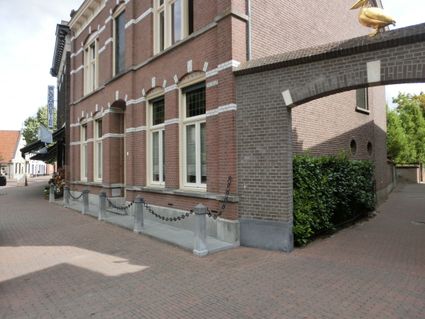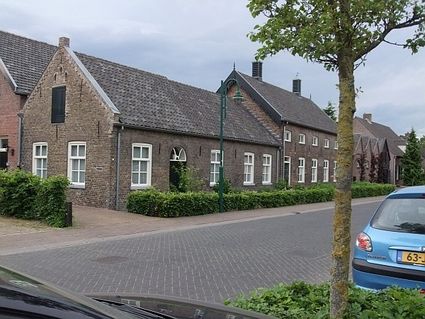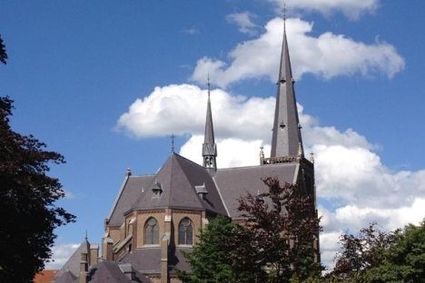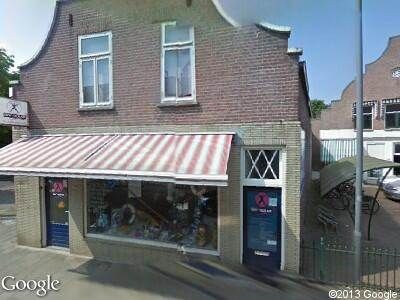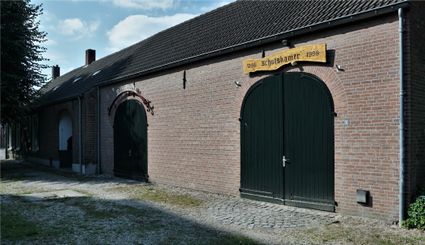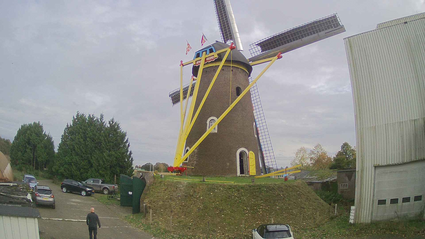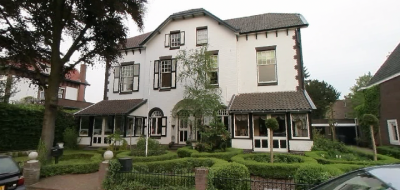De Schouw en Ter Schaut, Bakel
The hamlet of De Schouw consists of a number of farms grouped on either side of the Kaweische Loop, partly in Bakel, partly in Deurne. The origin of the hamlet lies in the Middle Ages.
In the 12th or 13th century, a farm was founded at this place and land was reclaimed with the name ?128;the good Ter Schaut?128;. The oldest mention of this name is from the year 1340. The farmstead was so important that the owners named themselves after this property and adopted the name Van der Schaut. In 1413, Hendrik van der Schaut's house is described as the high house with a hall of almost 8 by 9 metres, a kitchen, a cellar with rooms above it, a stable, a privy and a wall rib above the water.
The Van der Sch…
The hamlet of De Schouw consists of a number of farms grouped on either side of the Kaweische Loop, partly in Bakel, partly in Deurne. The origin of the hamlet lies in the Middle Ages.
In the 12th or 13th century, a farm was founded at this place and land was reclaimed with the name ?128;the good Ter Schaut?128;. The oldest mention of this name is from the year 1340. The farmstead was so important that the owners named themselves after this property and adopted the name Van der Schaut. In 1413, Hendrik van der Schaut's house is described as the high house with a hall of almost 8 by 9 metres, a kitchen, a cellar with rooms above it, a stable, a privy and a wall rib above the water.
The Van der Schaut family was a noble family, which had many other properties besides the Ter Schaut estate, both in Bakel and beyond. As early as 1447, the estate Ter Schaut was split into two parts: the Hoge Schaut and the Lage Schaut or Nederschaut. The division continued even further as a result of inheritances. In this way, a hamlet was created, which had six farms in 1840. That number remained roughly the same afterwards.

